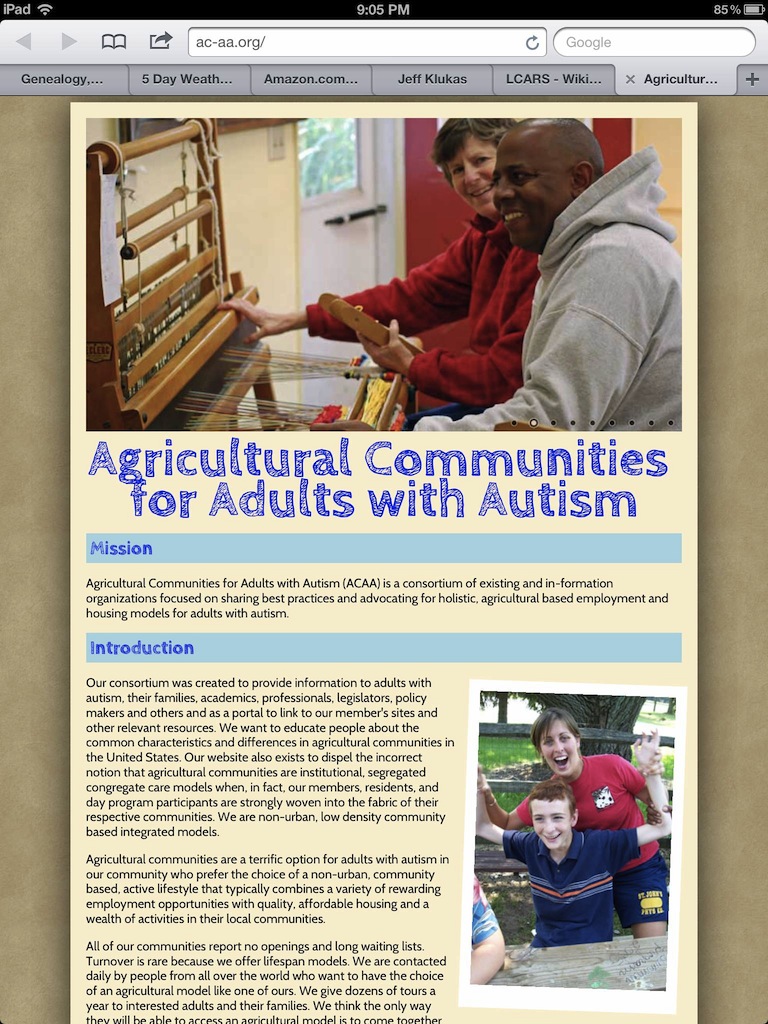
My blogging frequency has been embarrassingly low, confirming my suspicion that my interest lies more in the technical aspects of setting up a site than in populating it with stunningly brilliant content. Part of the problem is that Octopress, my chosen blogging framework, has turned out to be more cumbersome than originally anticipated. I was lured in by the idea that my whole blog would just be text files – no database, nothing hidden, I would be able to control and understand everything. While I’ve certainly learned a lot by using Octopress, posting new content involves having a properly setup development environment on whatever machine you’re using. By the time a month has gone by and I finally get around to thinking of something new to add to the blog, I’ve completely forgotten how things work and I’m confronted with some new hurdle that stops me from pushing my new post to the site.
That said, Octopress is a pretty cool concept with some beautiful results. My experience would probably be a bit smoother if I were better acquainted with Ruby syntax and culture. Tools like rake and rvm are still black boxes to me and I’ve been burned by not understanding them enough to fix problems. And I need to get a lot more familiar with git. Octopress has actually been a pretty fun way to get introduced to the Ruby ecosystem.
I now understand just how nice it is to be able to post to write a blog post through a web interface, from whatever machine you happen to come across. So I’m ready to admit it might be worth using a database. Recently, I’ve gotten fairly heavily involved in development for an internal Q&A site at Epic based on the open source Django app OSQA, which has gotten me interested in trying out a Django-based blog. Writing in python puts me on home turf and it’s a good chance to get to know the process of developing an MVC app from scratch.
If I make posting easier on myself, there’s some chance this site will become something a bit more interesting than just another blog about putting together a blog.



